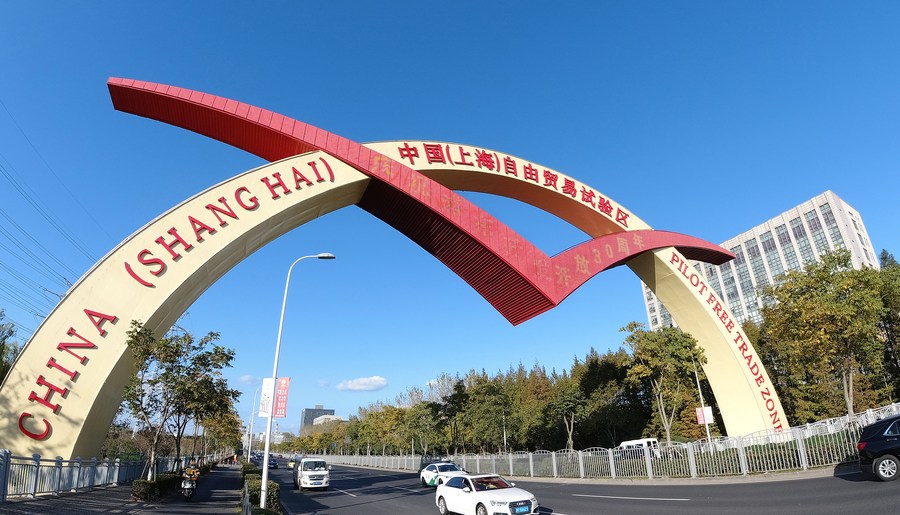30 years on, Pudong embarks on new journey under Xi's leadership


DEVELOPMENT VANGUARD
When China announced the strategic decision to develop and open up Pudong in 1990, the area consisted of farmland and was considered far less-developed compared with its neighbor across the Huangpu River, Puxi.
"A single bed in Puxi is preferable to a room in Pudong." This was a popular saying in Shanghai back then.
Within 30 years, Pudong has become one of the country's most prosperous districts, with its regional GDP surging by more than 210 times since 1990.
The area is now home to over 1,000 financial institutions, over 300 regional headquarters of multinationals, and more than 240 foreign-invested research and development centers.
"The achievements of Pudong over the past 30 years offer the most telling evidence of the strength of the system of socialism with Chinese characteristics, and are a vivid demonstration of the country's reform, opening-up, and socialist modernization," Xi said at the gathering.
The significance of Pudong's development and opening-up went beyond its own prosperity. Over the years, the area has turned into a destination for policymakers to pilot policies that were later tried out across the country.
China (Shanghai) Pilot Free Trade Zone (FTZ), the first pilot FTZ in the country, was established in Pudong in 2013. Some 120 institutional innovations rolled out there have been replicated and promoted nationwide ever since.
The role of Pudong as the testing ground for institutional innovations was further exemplified as the country launched the new Lingang area of the Shanghai pilot FTZ last year.
Located largely in Pudong, the new Lingang area saw industrial investments surge by 52.2 percent year on year in the first three quarters this year despite external headwinds.























